Text-to-image generator tools - My basic introduction
AI art, or more accurately, text-to-image generators, have been on my mind lately. In this post, I'll provide a brief overview of four popular tools that I may discuss in more detail in the future. Let's dive in, shall we?
- OpenAI's Dall-e: The first tool I tried, Dall-e is relatively easy to use. You describe the image you want within a character limit, and it attempts to generate it. However, it has some significant drawbacks - a strict content filter, high cost, and the need for constant re-prompting. Not to mention the limitation of generating images at 1024 x 1024 resolution. Frankly, the content filter is tiresome and lacks excitement.
- Midjourney: Another well-known tool with a distinct art style, showcased at https://www.midjourney.com/showcase/recent/. It operates similarly to Dall-e but generates images at a higher resolution. However, supposedly it doesn't understand grammar or sentence structure. I have some gripes with this one, which I'll save for a separate post.
- Dreamstudio: Developed by Stability AI, this web-based tool provides early access to the new "Stable diffusion XL" and various art style options. I haven't used it yet, as it requires tokens and login, which failed to entice me. However, it seems less restrictive and easy to use. Keep an eye on "Stable diffusion XL"; it could be a game-changer!
- Stable diffusion: Another product by Stability AI and my personal favorite. It's not a website; it requires substantial setup and disk space. This tool is recommended for those with an Nvidia GPU and a strong will to endure a challenging setup process. There's a lot of misinformation and clickbait out there, but experimentation is key. I'll share my findings here, adding my voice to the cacophony of confusion.
In conclusion, while I'm still grappling with the term "AI art," these tools offer intriguing possibilities for creative expression. But, as always, I will keep a critical eye on their development. Stay tuned!

